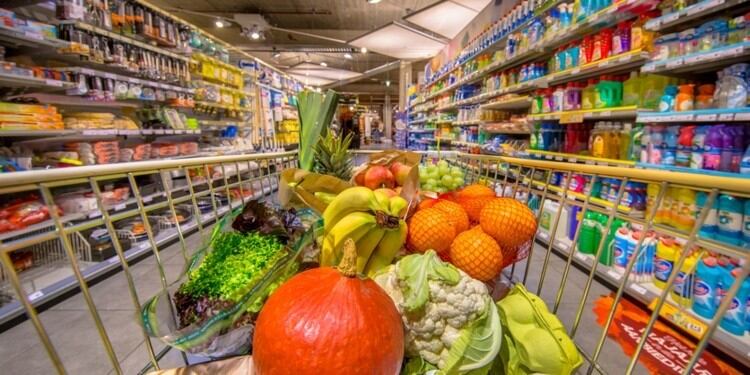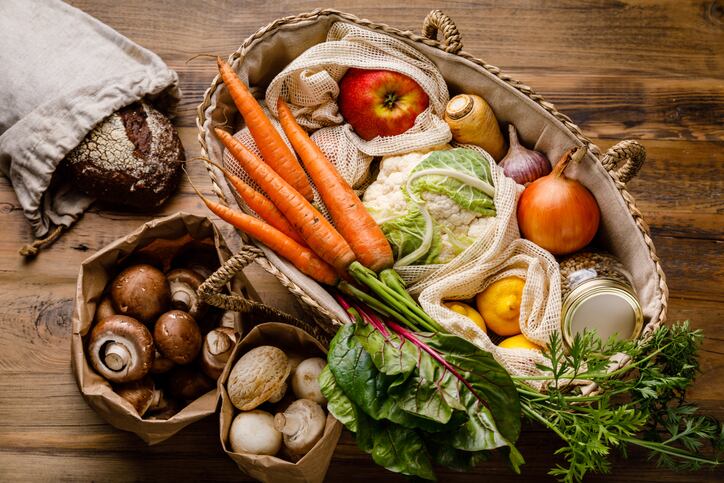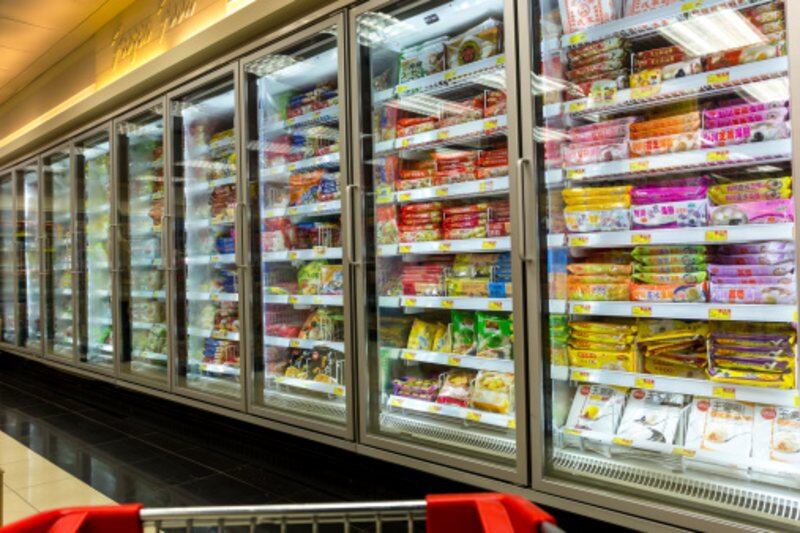A cross-sectional study was conducted from May to June 2020 via a random telephone survey of Chinese adults living in Hong Kong, aiming to examine the changes in eating habits before and during the pandemic.
This period was selected as social distancing measures were being imposed in Hong Kong, which included restrictions on eateries where catering businesses were required to stop selling food or drinks on sites and nightclubs and bars were instructed to close. Employees were also recommended to work from home where possible.
While Hong Kong did not impose a complete lockdown, these social distancing measures still disrupted dietary and lifestyle behaviours.
In this study, researchers also found that people were significantly more likely to cook at home, as well as order take-out during the pandemic.
Questionnaire design
A total of 724 participants living in Hong Kong were recruited over the phone and surveyed with a questionnaire.
The questionnaire collected information on the individual’s sociodemographics, health-related information, eating habits before and during the COVID-19 pandemic, as well as physical activity levels.
For eating habits, it was measured by eating behaviours (e.g. dining out, take-away, cooking at home), and dietary patterns (e.g. consuming sugary drinks, fast food, fruit, vegetable).
Researchers asked participants on whether their behaviours had changed during the pandemic, and were asked to quantify frequency of such actions.
For example, some questions asked were how many dine out meals were consumed per week before the pandemic and during the pandemic.
Significant increases
Because of the social distancing measures, there was a significant decrease in the frequency of dining out during the COVID-19 pandemic (p < 0.001).
During the pandemic, the average weekly frequency of cooking at home and ordering takeaways were increased significantly (both p < 0.001).
In terms of food groups, the study found a significant increase in consumption of sugary drinks (p=0.037), while there was no significant change in the frequency of fast food consumption.
In an unexpected finding, researchers found a significant increase in the frequency of eating fruits (p < 0.001) and vegetables (p = 0.008) during the COVID-19 pandemic.
Previous studies in other countries indicated that eating patterns tend to be unhealthier during the pandemic, however in this study, there was a greater consumption of fruits and vegetables.
“Given working-from-home recommendations and restrictions in eateries, in addition to the anxiety of being infected when dining out, individuals had more opportunity to cook at home, which enabled them to include more fruit and vegetables in their meals,” researchers said.
Previous studies investigated the influence of the pandemic on emotional stress and dietary changes, like inducing consumption of alcohol and sugar-rich, energy-dense food.
“In addition, driven by the anxiety of possible food shortages and the idea of minimising unnecessary travel, people tend to purchase groceries with a longer shelf life that usually have high salt and fat content, while purchasing less fresh produce such as fruits and vegetables,” researchers wrote in the Journal of the International Society of Sports Nutrition.
“Our study showed that social distancing measures likely provided an opportunity for the population to stay home and eat healthier.”
Every month, the Hong Kong Census and Statistics Department publishes data on sales from local retail establishments across food outlets and supermarkets.
In May 2020, retail sales of fresh fruits and vegetables were HK$300 million (US$38m), and in June 2020, HK$312 million (US$40m).
Provisional data for March 2021 reported that retail sales have dipped to HK$278 million (US$35m). In an official statement on the provisional statistics for the month of March, a spokesman pointed out that while local consumption sentiment saw some improvement following the gradual relaxation of social distancing measures since mid-February, the near-term outlook for the retail trade is still challenging as inbound tourism remains in the doldrums.
“To attain a stronger revival of the retail trade and a broader-based economic recovery, it is essential for the community to work together to keep the epidemic under control and to actively participate in the COVID-19 Vaccination Programme,” he commented.
Limitation
Researchers acknowledged several limitations including the lack of considering psychological health in the questionnaire design.
“They may confound the relationships between behavioural health outcomes and the restrictions imposed. For instance, the stress of losing a job during the pandemic and the financial downturn may affect food consumption behaviour.”
The current study only targeted the adult population, and researchers think that social distancing measures such as school closure would have a greater impact on children.
Source: Journal of the International Society of Sports Nutrition
https://doi.org/10.1186/s12970-021-00431-7
“Change in eating habits and physical activities before and during the COVID-19 pandemic in Hong Kong: a cross‐sectional study via random telephone survey”
Authors: Jingxuan Wang, et al.




